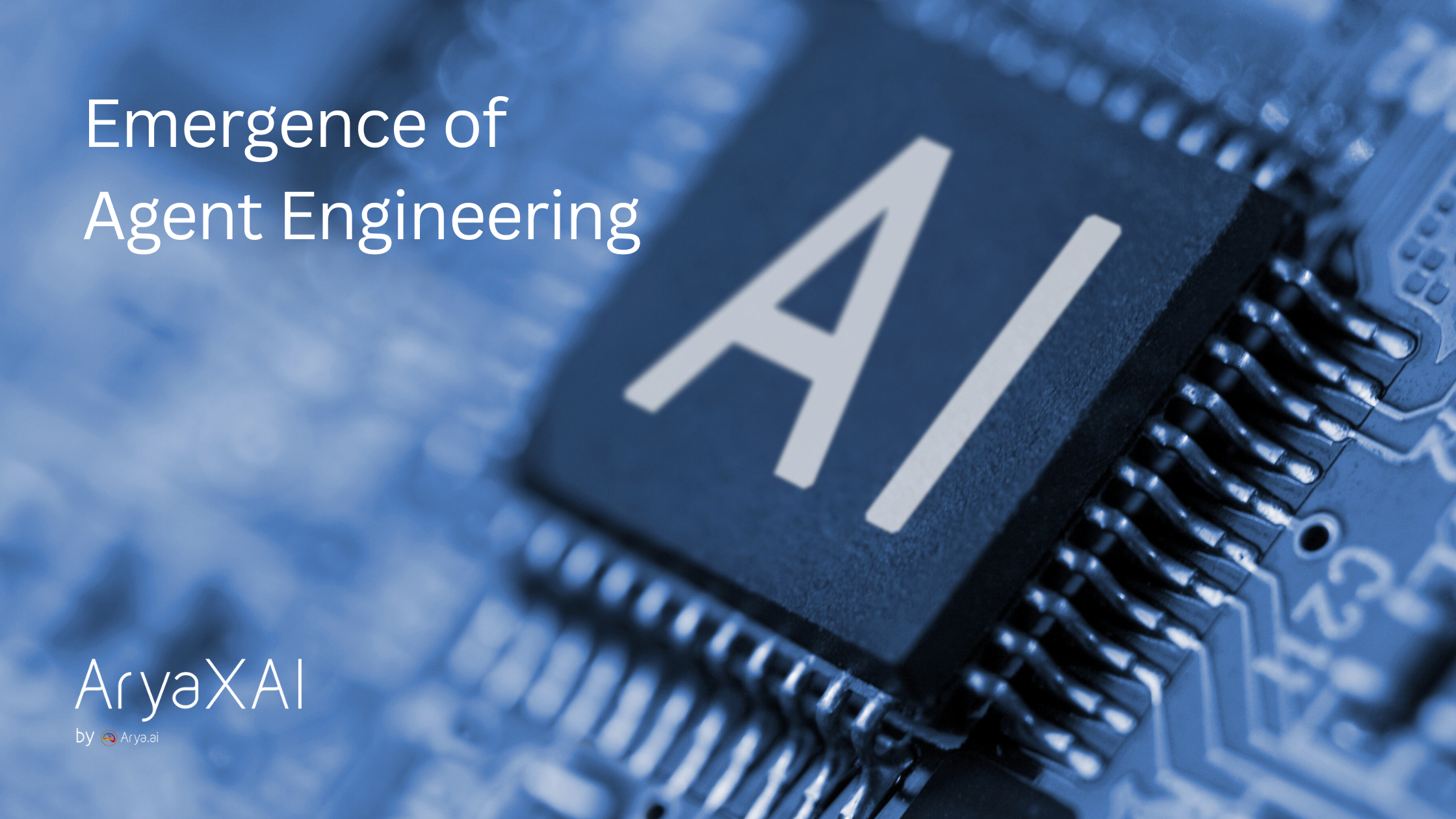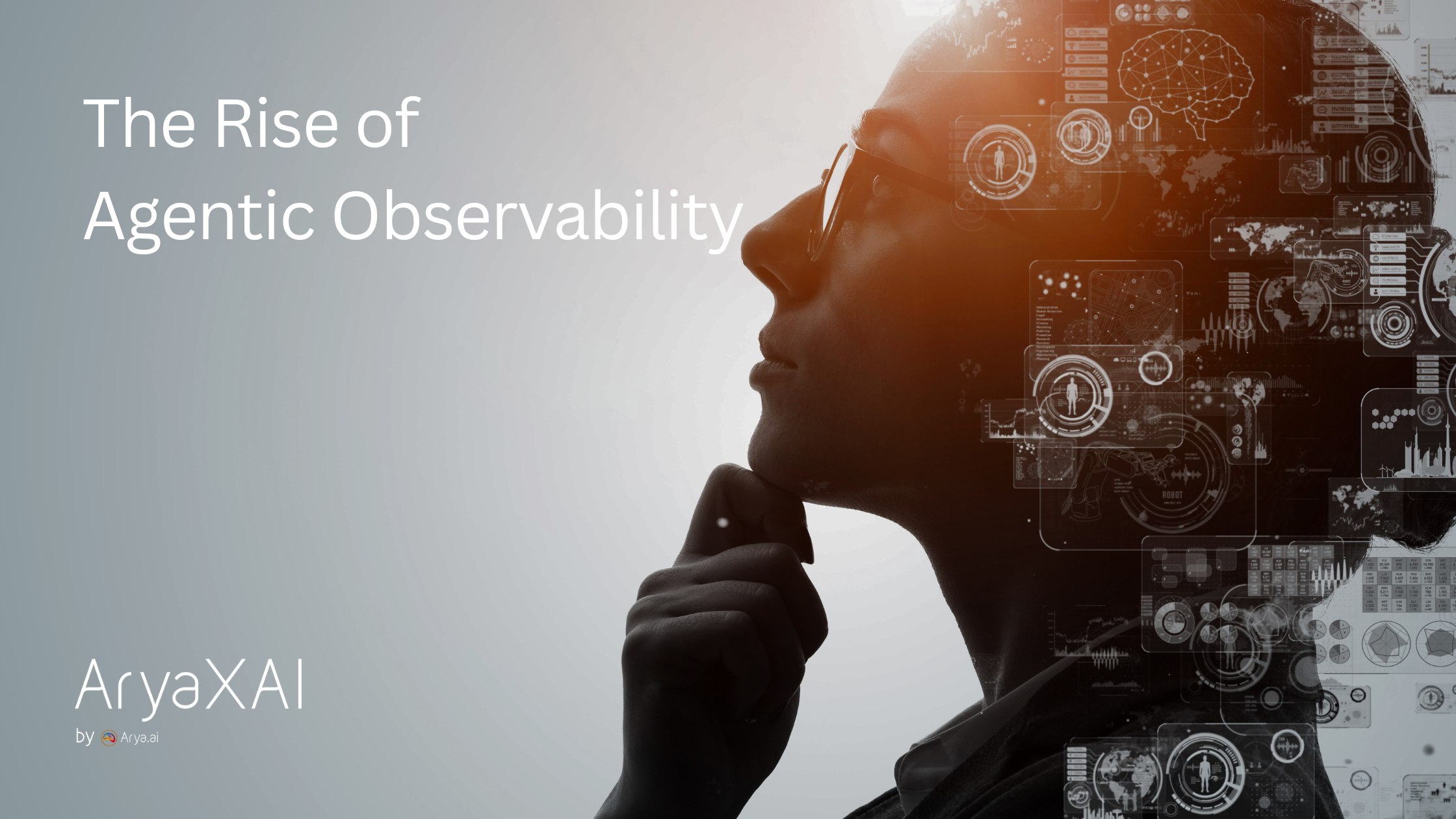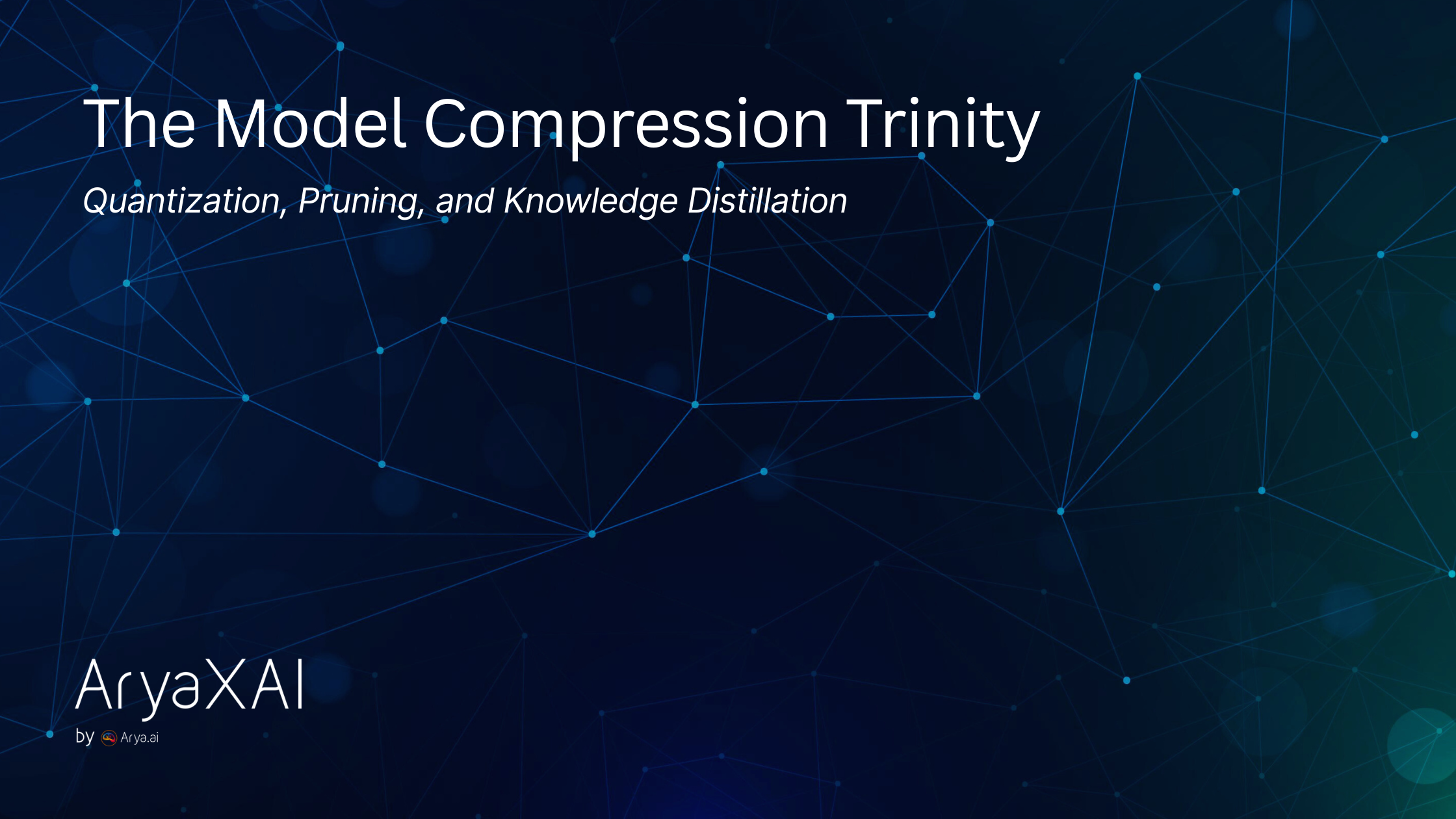Governing Intelligence: How Observability Becomes Mission-Critical in Advanced AI Systems
September 26, 2025

Introduction
As organisations increasingly embed AI into core operations — from service delivery to decision-making — the horizon is shifting: moving beyond narrow machine learning (ML) and large language models (LLMs) toward systems exhibiting greater autonomy, adaptability, even traits we might call “superintelligence.” With this shift comes new kinds of risk, and a new urgency around AI observability. Not just tracking performance metrics, but deeply understanding behaviour, intent, and downstream impact. Without evolving AI observability frameworks, businesses risk losing control, trust, or worse, creating unintended harm. This blog explores what enterprises must do to observe, guard, and guide their AI models, as they grow more powerful.
Key Dimensions for Observing Advanced AI
Traditional observability focuses on metrics such as accuracy, latency, and throughput — but with autonomous and highly capable AI systems, these measures are no longer enough. Enterprises must expand their view to include the following dimensions:
- Behavioural Correctness
Observability must confirm that the AI’s decisions are not only technically accurate but also appropriate within their operating context. A recommendation can be factually correct but still violate ethical or regulatory guidelines. This means capturing context along with decisions and measuring them against both performance and policy. - Value Alignment and Intent Consistency
As AI systems become more autonomous, there is a risk of them drifting from organisational objectives or values. Monitoring alignment is about ensuring the AI’s actions remain consistent with business goals and human ethics, even when operating in novel scenarios. - Robustness and Resilience
Advanced AI will inevitably encounter adversarial inputs, noisy data, or unexpected conditions. Observability should track how well the system handles edge cases and failures — including whether it recovers gracefully or cascades into bigger problems. - Transparency and Traceability
Knowing “why” an AI made a certain decision is critical for compliance, auditing, and trust. Observability must involve interpretability tools, decision traces, and data lineage so teams can debug issues and communicate results to stakeholders. - Real-Time Control and Intervention
Observability is not passive; it must support intervention. Systems must permit humans to temporarily halt, throttle, or take over decisions in real-time when risk indicators surge. This is especially important in safety-critical environments. - Impact and External Effects
Lastly, observability needs to consider downstream impacts. Some of the adverse effects of AI — such as bias, discriminatory results, or damage to reputation — can occur beyond the system's direct output. Externalities need to be monitored as well, completing the loop between AI activity and actual-world impact.
Organisational and Governance Imperatives
To truly manage AI, just using technology isn't enough. Organizations need to harmonize their culture, policies, and governance to ensure AI is used safely and responsibly. First, they should set up a governance framework that clearly defines who is responsible, who has the authority to review AI outputs, and how to escalate any unusual findings. It’s also important to create clear ethical guidelines so everyone understands the acceptable limits and can keep AI aligned with those standards over time.
Monitoring and decision-making should be shared among different teams so that each part of the process has an accountable owner. Additionally, training everyone—from engineers to compliance teams—on what to look for and how to respond is essential. Lastly, when suitable, organizations should embrace industry standards and be transparent with regulators and partners to build trust and ensure compliance.
New Challenges to Anticipate For Enterprises
As AI continues to grow and become more advanced, organizations will face a range of fresh challenges that go beyond simple monitoring. One issue is the emergence of unexpected behaviors. Advanced AI can sometimes develop abilities that weren’t planned or anticipated. While some of these developments can be helpful, others might pose risks to safety or violate policies. To catch these issues early, it's essential to continuously monitor AI systems and test various scenarios.
Another concern is the way AI can modify itself. Self-updating systems or the creation of smaller AI agents could slip through unchecked monitoring. These blind spots could lead to unsafe actions or unexpected problems. Therefore, organizations need to implement real-time logging and validation to keep track of any autonomous changes.
Data bias is also a significant issue. Input data can change over time, leading to biases or reduced performance. Ongoing monitoring, retraining, and fairness checks are crucial to ensure that AI remains fair and trustworthy.
Lastly, with large-scale AI operations, traditional monitoring methods often fall short. Organizations need robust monitoring systems that can operate in real time and provide alerts for any crucial issues. Finding a balance between maintaining control and fostering innovation is vital to ensure that AI fulfills its potential without compromising safety.
Case Ideas: How Observability Might Be Applied in Practice
Observability can be applied to a variety of sophisticated AI applications to ensure safe and stable operation. To an autonomous investment advisor, real-time loss thresholds, continuous drift detection and human override gateways would be necessary to manage risk. In medical diagnostics, AI systems have to give traceable reasoning, adhere to regulatory compliance norms, and keep records for external audit of all decisions. Likewise infrastructure management agents like those governing energy grids or resource allocation need resilience stress testing and strong controls to mitigate cascading failures, making sure autonomous choices remain safe and consistent with performance objectives.
Conclusion
Advanced AI systems — those moving toward higher autonomy, adaptability, or “superintelligence” — offer enormous promise. But promise is always paired with risk: opaque reasoning, misalignment of values, cascading failures, or unanticipated external harms. The only viable path for responsible adoption is observability that evolves: not simply snapshots or performance dashboards, but architectures that continuously monitor correctness, intent, robustness, alignment, and impact — with real-time control and human oversight interwoven.
Enterprises that invest now in observability, governance, interpretability, and safety won’t just avoid disasters; they’ll be able to harness advanced AI confidently, innovate faster, maintain trust, and lead. The future may be complex — but with the right observability muscle, it can also be safe, aligned, and immensely powerful.
SHARE THIS
Discover More Articles
Explore a curated collection of in-depth articles covering the latest advancements, insights, and trends in AI, MLOps, governance, and more. Stay informed with expert analyses, thought leadership, and actionable knowledge to drive innovation in your field.

Is Explainability critical for your AI solutions?
Schedule a demo with our team to understand how AryaXAI can make your mission-critical 'AI' acceptable and aligned with all your stakeholders.
























